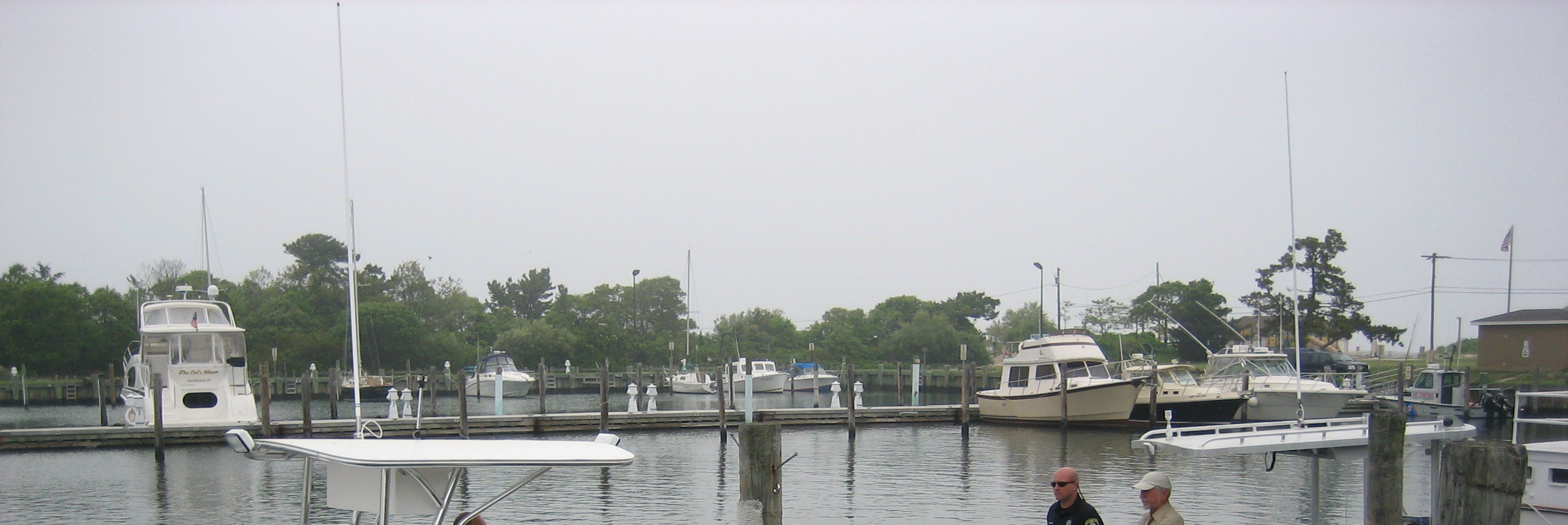
Use a water-based bottom paint– These are low in Volatile Organic Compounds (VOCs). Whenever sanding boat tops or bottoms, make sure to use a dustless sander or make sure paint chips or dust is cleaned up before it can be washed away into a nearby waterbody.
Use biodegradable soaps to clean your boat and clean it when it is still on land– Use minimal amounts of chemical cleaners.

Know your boat– Find every source of potential pollution from your boat and understand how to control each. Common types of pollution include: engine oil drips, fuel tank leaks, over flow when filling up the fuel tank. Put an oil absorber in your boat bilge, and change it at least twice annually.
Get an engine tune up– Smooth-running, efficient engines pollute less (& use less fuel!).
Comply with no-wake zones– Excessive wakes erode the shoreline and, in the spring, interrupt nesting waterfowl and shorebirds.

Stay in marked channels– Avoid damage to your boat and wildlife habitats.
Do not anchor or boat in eelgrass– Help preserve this sensitive habitat.
Prevent the spread of aquatic invasive species–
Use these NYSDEC Aquatic Invasive Species Outreach and Education Materials to educate others about proper cleaning and drying of boating and fishing equipment.
Properly dispose of sewage– Use a pump-out facility or hail a pump-out boat for disposing of sewage from your boat.
To comply with a NDZ boaters with a Type I or II marine sanitation device (MSD) must:
- Close the seacock (or Y-valve) and remove the handle;
- Fix the seacock in a closed position with a padlock or non-releasable wire tie; or
- Lock the door to the space enclosing the toilet.
To comply with a NDZ boaters who use their Type III MSD must use a pump-out boat or station.
The entire Peconic Estuary was designated as a federally recognized Vessel Waste No Discharge Zone (NDZ) in 2002 in order to help protect our shellfish beds and keep our waters safe and clean for swimming and recreation. In a NDZ, treated and untreated discharges from marine toilets are prohibited. To ensure compliance with the NDZ, boaters must modify their “heads” to prevent discharges.
Several municipalities offer free pump-out services, both via boat and land-based stations. Many private marinas also have onshore pump-out stations available for a fee.
See the map for pump-out locations, and remember, don’t dump it, pump it!
Boat Pump-out Facility Location Map
Related Content
- Invasive Species
Invasive species are non-native species that can cause harm to the environment, the economy or to human health.
More Resources
- Aquatic Invasive Species Outreach and Education Materials
Outreach and education is the most effective way to combat the spread of aquatic invasive species. The more people are made aware of the necessity of cleaning and drying boating and fishing equipment before using it in another waterbody, the less likely the aquatic invasive species will be spread to new waters. The following guidance/reminder sign templates are provided for you to download and use at private access points. - How to Prevent the Spread of Aquatic Invasive Species
Boats, trailers, waders and other fishing and boating equipment can spread aquatic invasive species from waterbody to waterbody unless properly cleaned, dried or disinfected after use. Although some invasive species such as water milfoil are readily visible to the human eye, many others are too small to be readily noticed. To avoid spreading invasive species please follow the guidelines in the following steps.
